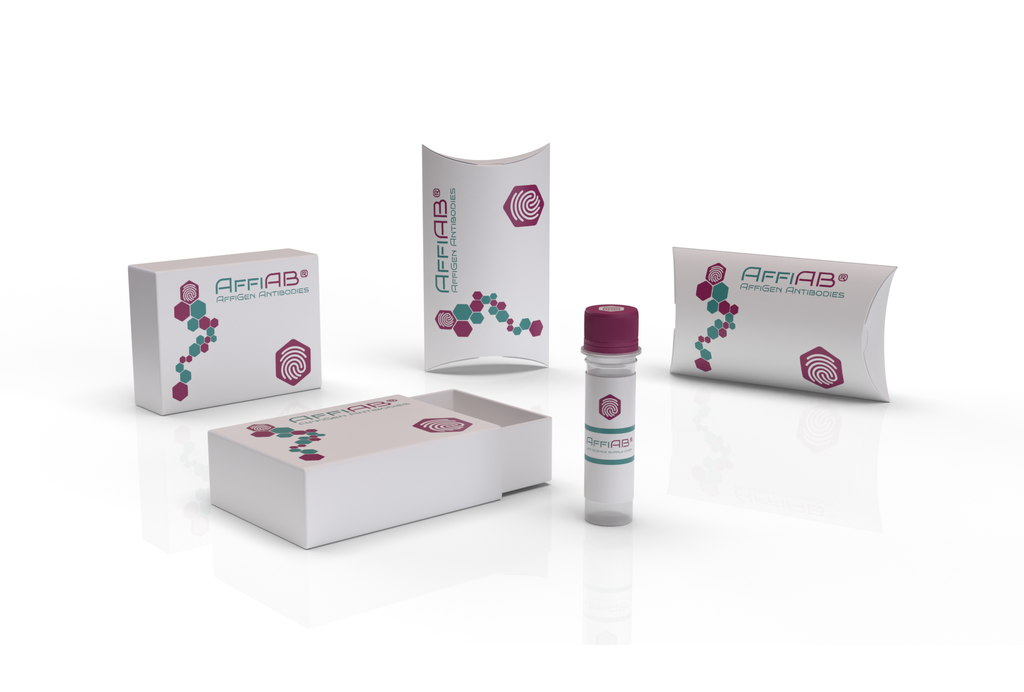AffiAB® Anti-Histone H3 Antibody
Variant histone H3 which replaces conventional H3 in a wide range of nucleosomes in active genes. Constitutes the predominant form of histone H3 in non-dividing cells and is incorporated into chromatin independently of DNA synthesis. Deposited at sites of nucleosomal displacement throughout transcribed genes, suggesting that it represents an epigenetic imprint of transcriptionally active chromatin. Nucleosomes wrap and compact DNA into chromatin, limiting DNA accessibility to the cellular machineries which require DNA as a template. Histones thereby play a central role in transcription regulation, DNA repair, DNA replication and chromosomal stability. DNA accessibility is regulated via a complex set of post-translational modifications of histones, also called histone code, and nucleosome remodeling.
Antibody type
Rabbit polyclonal Antibody
Uniprot ID
SwissProt: Q6PI20 Zebrafish; SwissProt: Q4QRF4 Zebrafish; SwissProt: B2GSF5 Zebrafish
Recombinant
NO
Conjugation
Non-conjugated
Host
Rabbit
Isotype
IgG
Clone
N/A
KO/KD
N/A
Species reactivity
Zebrafish, Human, Mouse
Tested applications
WB
Predicted species reactivity
N/A
Immunogen
Synthetic peptide within Zebrafish Histone H3 aa 1-50 / 136.
Storage
Store at +4°C after thawing. Aliquot store at -20°C. Avoid repeated freeze / thaw cycles.
Form
Liquid
Storage buffer
1*TBS (pH7.4) , 0.2% BSA, 50% Glycerol. Preservative: 0.05% Sodium Azide.
Concentration
1 mg/ml.
Purity
Immunogen affinity purified.
Signal pathway
Immunology & Inflammation
Recommended dilutions
WB: 1:500-1:2000
Molecular Weight
15 kDa
Subcellular location
Nucleus, Chromosome.
Positive control
zebrafish tissue cell lysate
